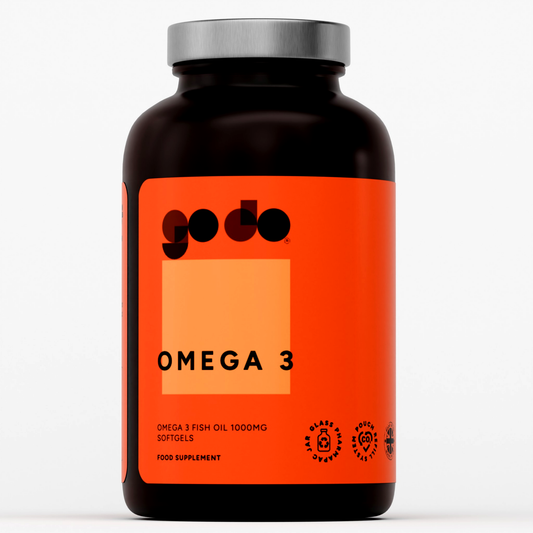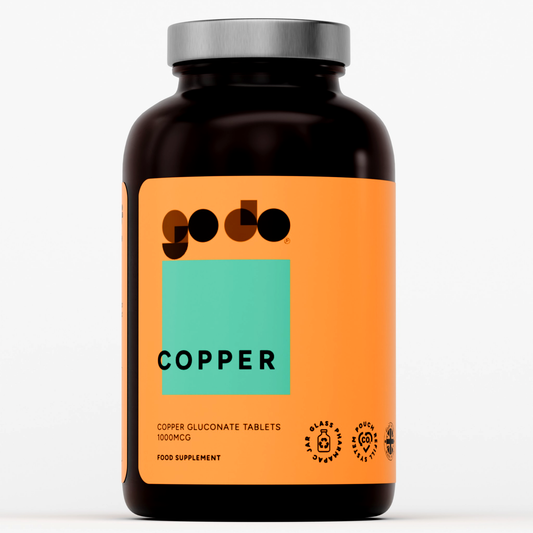The practice of returning oneself to suitable function following injury involves the healing of the wounded tissues, training of these tissues for the return to utility, and use of proper techniques to make best use of rehabilitation and reconditioning. While the objective is a speedy resumption of activity, it is important to recall that each individual reacts differently to illness or injury, and thus progresses individually during rehabilitation. As a foreword to discussion of the aims of management during rehabilitation, two points must be made. Firstly, healing tissue must not be overloaded. During tissue healing, measured therapeutic stress is essential to optimise collagen matrix formation, but too much stress can harm new structures and notably hamper the individual’s return to optimal fitness levels. This means selecting a level of loading that neither overloads nor under-loads the individual’s healing tissue. It should be noted that when one is choosing the load, it is crucial to consider the phase of healing and type of training one is undertaking (for one load can be too light or too heavy depending on strength, for instance). Secondly, the individual must meet precise objectives to progress from one phase of healing to the next. These objectives may hinge on range of motion, activity, or strength.
Inflammation Phase
The body’s initial response to an injury is inflammation, a response that is vital for subsequent healing but also important to manage correctly so as to not delay the rehabilitation process. Although a rapid return to optimal fitness levels is ideal, rest is essential to shield the damaged tissue from added injury. Therefore, exercise involving the injured area is not suggested during this phase.
Repair Phase
After the inflammatory phase, the body begins to mend the damaged tissue with comparable tissue, but the resiliency of the new tissue is low in comparison. Repair of the debilitated injury site can take up to eight weeks if the suitable amount of curative stress is applied or longer if too much or too little stress is used. Isometric exercise may be executed on condition that it is pain free and otherwise specified. Submaximal isometric exercise lets the individual uphold neuromuscular function and improve strength with movements implemented at an intensity low enough that the recently formed collagen fibres are not disturbed. Exercises with dynamic movement are also feasible, provided they are performed pain free.
Remodelling Phase
The result of the repair phase is the replacement of injured tissue with collagen fibres. After those fibres are laid down, the body can start remodelling and strengthening the new tissue, letting the individual progressively return to full activity. At the end of the day, reconditioning and rehabilitation exercises must be practical to facilitate a return to optimal fitness levels. Examples of functional training consist of velocity-specific muscle activity, joint angle-specific strengthening, and exercises intended to further augment neuromuscular control.
Bibliography
-
Baechle, Thomas R., and Roger W. Earle. NSCA Essentials of Strength Training and Conditioning. 2nd Edition. Champaign, Illinois: Human Kinetics, 2008.
-
Verkhoshansky, Yuri Vitalievitch, and Mel Cunningham Siff. Supertraining. 6th ed. – Expanded ed. Rome, Italy: Verkhoshansky, 2009.










